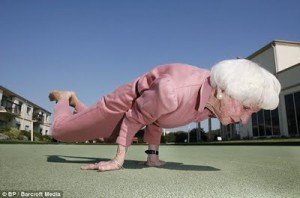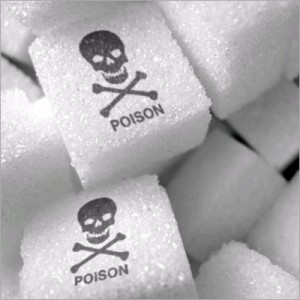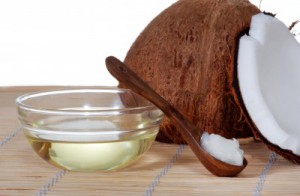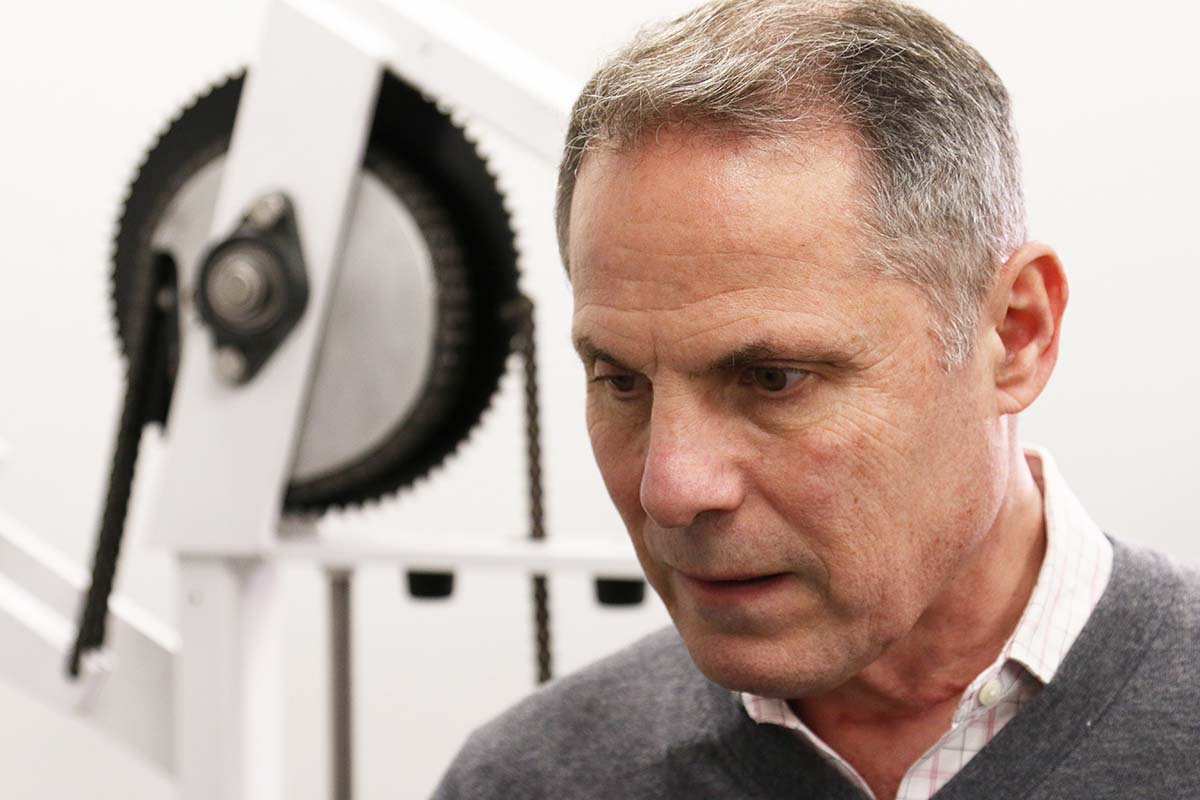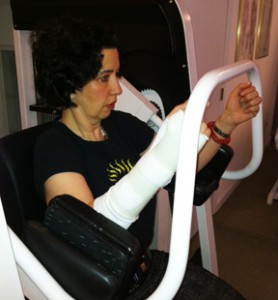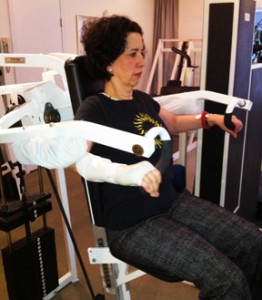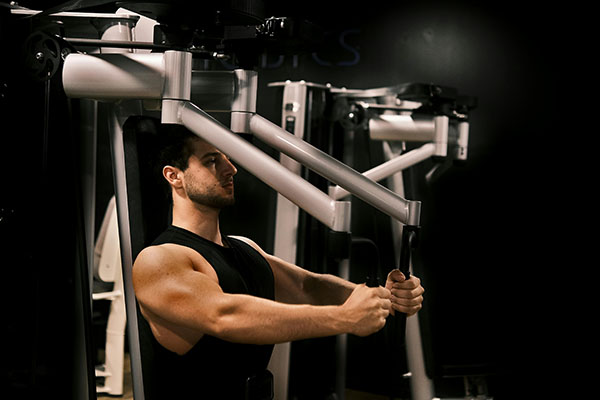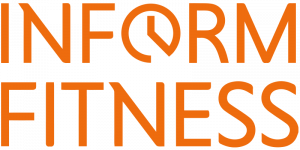![]()
The Caveman Diet Movement, also called the Paleolithic (or Paleo) Diet, is not really a movement, but a comeback. In fact, it’s a comeback from more than 10 thousand years ago, and is gaining momentum.
But unlike bell-bottoms, we should all take this burgeoning regression to our ancestral ways seriously and progress backwards towards better health.
The Paleo Diet is based on a simple and plausible premise that our bodies evolved over millions of years to eat a certain way, the ‘caveman’ way. Genetically, our metabolic and digestive systems are geared to optimally function when eating plants and wild animals, similar to what cavemen are presumed to have eaten.
Today, however, our modern diet is radically altered as a result of agricultural advances and industrialization. Although these innovations represent only a brief period in human history, they have dramatically changed how we eat. While the caveman certainly had his unique challenges – like – ‘gee, that Mastodon is looking a little agitated’ – he didn’t have to contend with the ravages of sugar, empty carbohydrates, chemical additives, and over-processed convenience foods.
Proponents of the movement claim that in order for us to achieve total health, we need to go back to our old ways. Viewed as biologically appropriate with the proper balance of nutrients, the Paleo Diet promotes health and reduces the incidence of chronic diseases.
In my opinion, any program aimed to achieve optimal health should be multifaceted. Safe and efficient exercise, adequate sleep and stress management, and eating healthy foods that nourish your body are all essential components, as discussed in last week’s post.
Dr. Loren Cordain, a nutrition and exercise physiology professor from the Colorado State University wrote The Paleo Diet and states “Today more than 70% of our dietary calories come from foods that our Paleolithic ancestors rarely, if ever, ate. The result is epidemic levels of cardiovascular disease, cancer, diabetes, osteoporosis, arthritis, gastrointestinal disease, and more…Clinical trials have shown that the Paleo Diet is the optimum diet that can lower the risk of cardiovascular disease, blood pressure, markers of inflammation, help with weight loss, reduce acne, promote optimum health and athletic performance.”
A true Caveman Diet is impossible to mimic because wild game is not readily available, most plant food is cultivated rather than wild, and meats are domesticated. Nonetheless, the goal of the Paleo Diet is to get as close as possible to the real deal:
- Eat plenty of meats, seafood, vegetables, eggs, healthy fats, and some fruit and nuts
- Purchase the highest-quality ingredients you can afford, as organic and grass-fed are of superior nutritional value, not to mention void of pesticides and antibiotics
- Avoid grains and legumes, especially wheat and other gluten-containing grains, but also soy, corn, beans, and peanuts (which are legumes, not a nut)
- Avoid added sugars, even artificial sweeteners
- Avoid vegetable oils and processed oils
- Welcome healthy fats, such as animal fat, avocados, olive oil, coconut oil, palm oil, ghee, grass-fed butter, lard and tallow, and more.
Consider the above basics as a suggested template as no single diet is universally optimal. A strict Paleo Diet does not permit the consumption of dairy but, should you happen to digest dairy well, endeavor to use the highest-quality dairy from grass-fed sources like raw milk, heavy cream, and real butter.
Also, YAMS! Eat yams. If your goal is predominately weight-loss, you may chose to take the lower-carb approach and refrain from yams, but otherwise, enjoy!
Not surprisingly, not all nutritionists concur. Assistant Professor Keith Ayoob, Ed.D. at New York’s Albert Einstein School of Medicine claims “People who eat diets high in whole grains, beans, and low-fat dairy (Caveman Diet no-no’s) tend to be healthier because these foods are nutrient-rich and there are mountains of research about the health benefits of diets that include, not exclude, these foods.”
While I’m confident that Assistant Professor Ayoob is not a fool, there is also a mountain of research that not only refutes his belief but there are also medical studies linking a host of ailments and diseases to a diet consisting of grains.
The cornerstone of the Paleo Diet is to eliminate grains from your diet as they contain toxic anti-nutrients – lectins, gluten and phytates.
Lectins bind to insulin receptors and the intestinal lining. They are believed to cause leptin resistance, which predicts a worsening of the features of the metabolic syndrome independently of obesity.
Gluten is found in wheat, rye, and barley. While gluten is linked to celiac disease, those effected represent only roughly 1% of the population. The other 99% of the population that don’t have celiac disease are still at risk. Gluten is not only addictive (try giving up bread and cereal) but is also known to act like ‘glue’ in your stomach and binds itself to other nutrients preventing you from benefiting from their value (like a robber of good health).
Phytates are also a problem as they make minerals bio-unavailable. Phytates can bind to certain dietary minerals including iron, zinc, manganese and, to a lesser extent, calcium, and slow their absorption thus nullifying the pro-grain consumption claim for a balanced diet.
The moral of this story is that most of us would do well to adopt some of the aspects of the Caveman’s Diet, but you need not go ‘back to the cave’. Certainly, a diet rich in lean protein and plant foods contains the fiber, protein, and fluids you need and can help prevent (or reverse) weight gain and a ton (literally?) of ills. If for no other reason than the avoidance of sugar and processed foods, this diet deserves some props.
On a personal note, I’m happy to tell you that the Zickerman household has certainly benefited from the Caveman Diet principles. Instead of “sugar in a box” – aka breakfast cereal – for breakfast, we enjoy steak and eggs. Not too shabby and it packs some serious nutritional punch! Now, if I could only get the kids to forage in Central Park . . .
![]()



